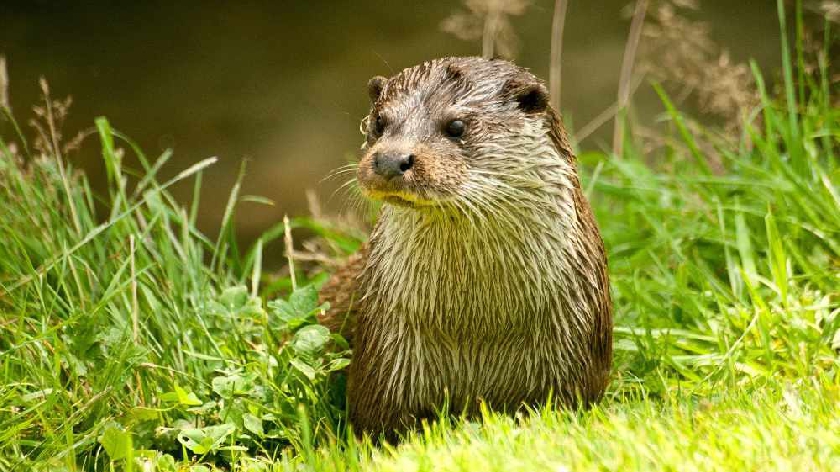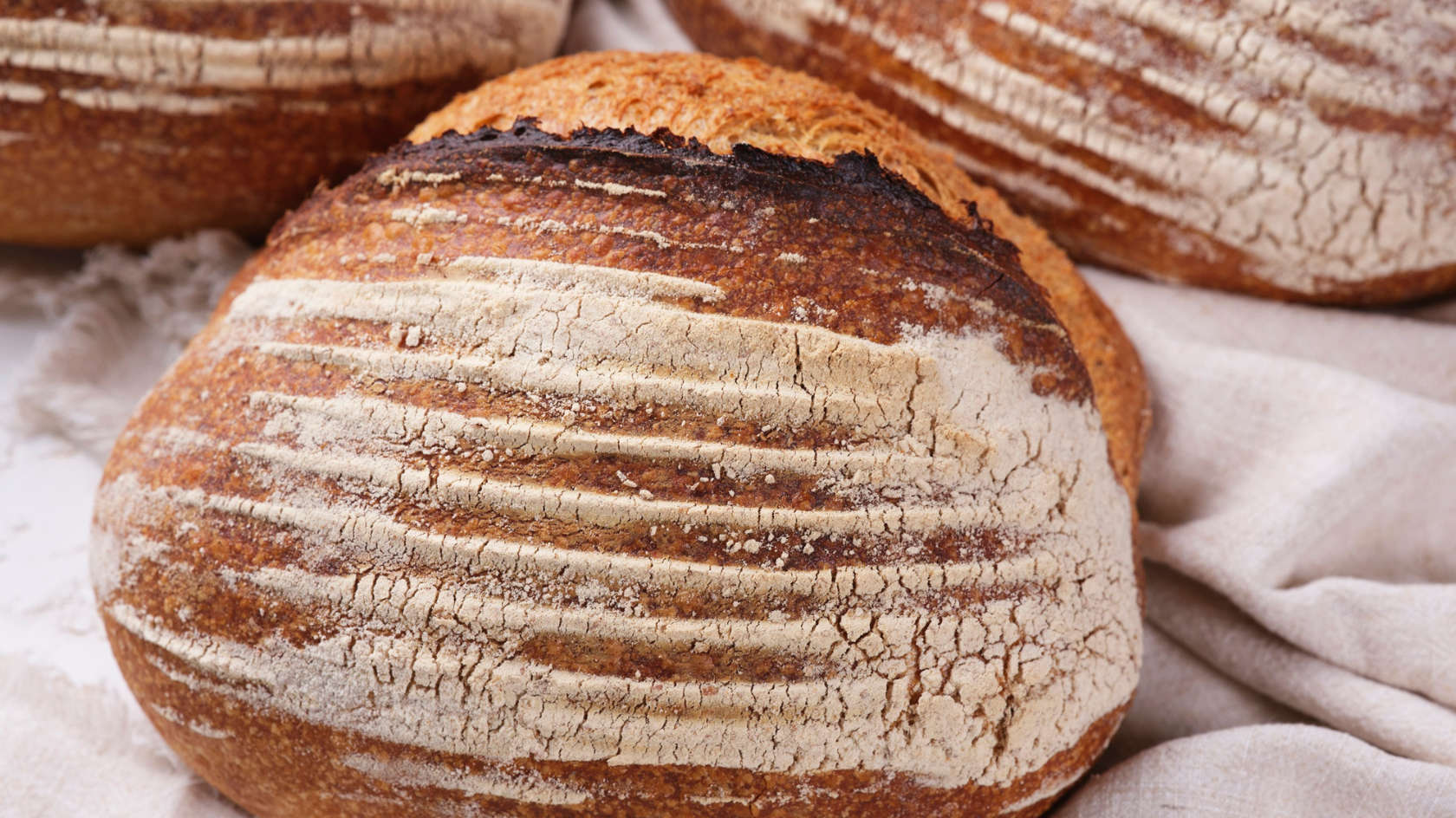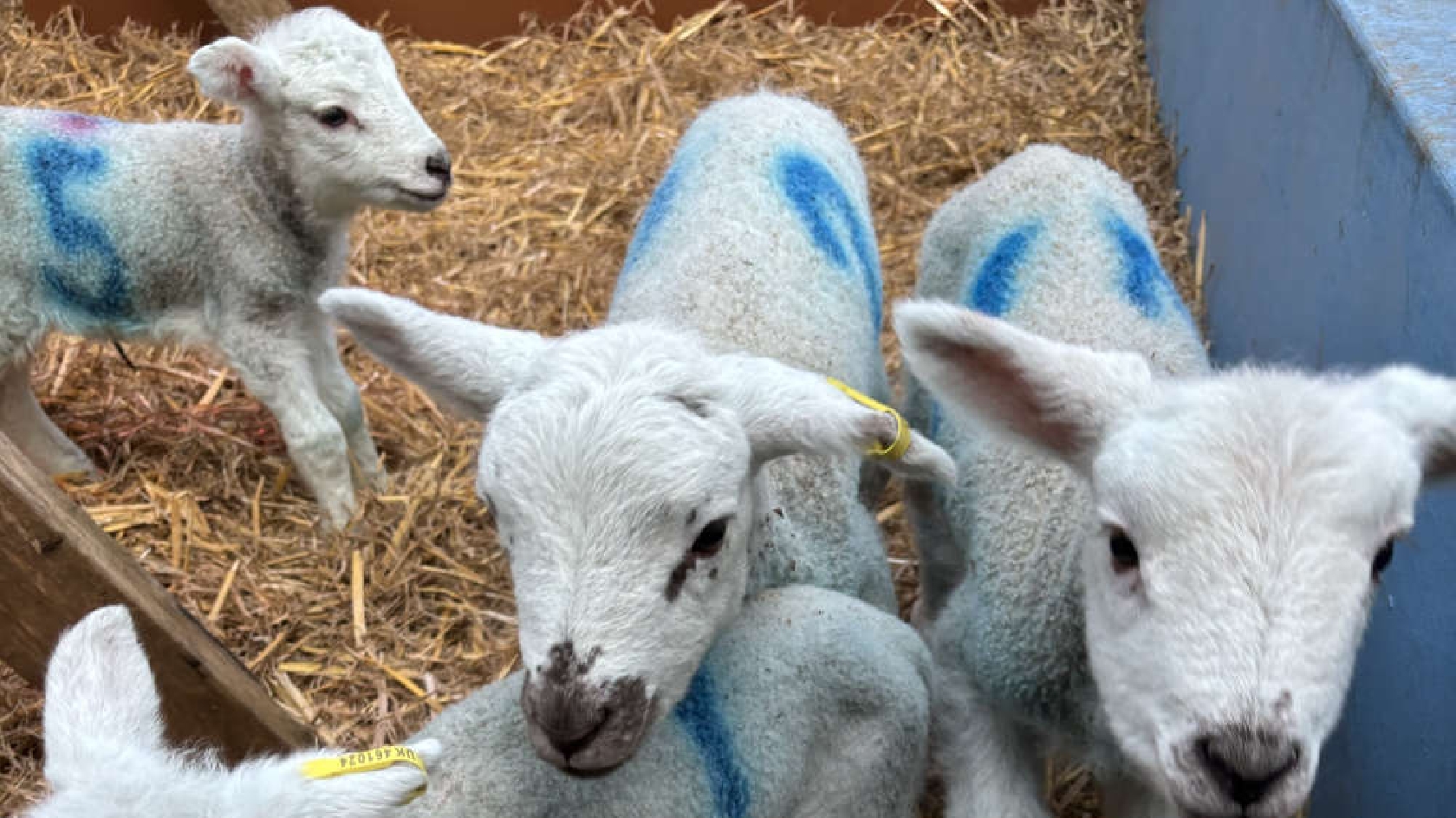
Milton Keynes' lakes are home to an abundance of wildlife, and one of the exciting creatures that can be spotted are otters.
Otters can be seen in the quiet surroundings of Floodplain Forrest near Old Wolverton, and also in Willen Lake, to name a few.
The Parks Trust, who are responsible for maintaining over 6,000 acres of green space in Milton Keynes, have created a guide for people to help spot otters.
How to spot an otter:
Spraint
Otters leave behind droppings. Their droppings are called "spraint" and it smells sweet! We can study an otter's diet by looking at the remains of their prey through a microscope. Otters tend to poo along the banks by water so that their scent can travel. Look for somewhere that their spraint wouldn't get washed away if the water level rises.
Couches
When otters are eating or drying off in the sun, they flatten the grass around them and create a cosy couch, like our sofas!
Runs
All animals can leave trails in the bushes and grass. We call these trails "runs". Otter runs are about 30cm wide and often go between the water and land.
Footprints
Look for otter tracks in wet mud surrounding water, but be careful you don't slip in! Otter prints have 5 toes, long claws and sometimes you can see the webbing between the toes.
Scent Marking
Otters will rub their faces, paws, bellies, tails and bottoms on landmarks around their territory (i.e. on tree bases). This helps them tell other otters nearby that this is their home. Humans usually can't smell this, but you can give it a try!
Leftovers
Otters often leave behind shells from mussels and crayfish, or half eaten fish when they're full up!
This will be extra useful for those heading out on their daily walk. Click here to learn about Britain's otters, and here to access a trail of Willen Lake focussed on spotting otters.
Children can also use the at-home activities, all focused on otters, ranging from colouring sheets to word searches.
Article courtesy of The Parks Trust














